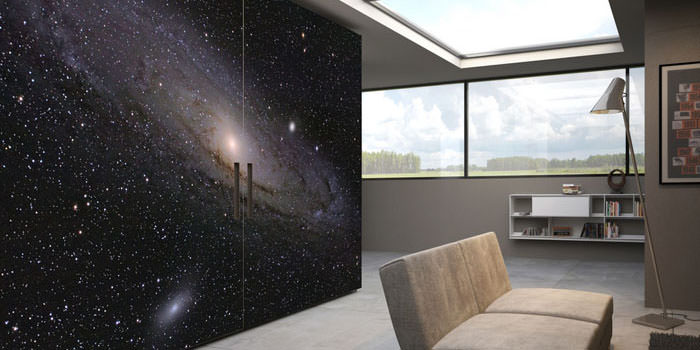
Biophilic design for the elderly
How must it feel to the residents who live in these high-rise, compact retirement apartment buildings with no balcony and non-operable windows? How would you like living in those buildings? I wouldn’t ever want to be living in those buildings when I am old!
According to the government of Canada, “Canada’s population is in the midst of a fundamental shift. Looking ahead, the proportion of seniors in Canada, as well as their average age, is projected to increase sharply over the next few decades. In 2012, almost one in seven Canadians was a senior; by 2030, that number will jump to nearly one in four. While this extraordinary change in our demographics presents new opportunities for Canadian society, it also presents challenges. The Government of Canada is committed to ensuring that it meets the diverse needs of older Canadians, now and in the future.”
https://www.canada.ca/en/employment-social-development/programs/seniors-action-report.html
So we have ample evidence that Canadians are living longer, okay, but what about their quality of life?
Old age comes with various physical and mental disabilities and sentimental setbacks; the inability to perform simple daily tasks as easily as they once could, loss of a loved one, ever increasing feeling of isolation. It becomes even more depressing and lonely if the environment provided for the elderly is not supportive, but the good news is all these factors can be counter fought as there has been a growing evidence to suggest that exposure to natural environments can be associated with many health benefits.
Natural environments also help to improve sleeping patterns, reduce pain, speed up recovery and even increase longevity (Rodiek, 2010).
Edward O Wilson in his book The Biophilia Hypothesis suggests that humans originate from nature and hence have the innate tendency to get attracted to life and life-like processes (Wilson & Kellert, 1995).
Designing a retirement community based on the principles of Biophilia can definitely help improve the quality of life for the residents and their families.
In most cases, retirement should no longer be an individual’s last few declining years but rather the beginning of a significant portion of an individual’s life” (Wassum, 2013).
If only we could focus more on improving the quality of life we sure then can expect these individuals to be a vital, productive, and functional part of the society rather than being an enormous financial strain on government.
A Biophilic environment combats and reduces anxiety and stress hormones, which are considered to be the number one triggers of several diseases especially in old age.
To listen to the sound of a water feature like an indoor fountain, being able to see the natural sunlight and changes in the times of the day and experience the changes in everyday weather are some examples of connections to nature. These connections increase feeling of tranquility and lower blood pressure. It also evokes a positive emotional response (Terrapin Bright Green, 2014).
Biophilic design connects people to nature at many different levels. Visual and Non-visual connections, equally, help in reducing stress hormones. Things as simple as sounds of nature like morning breeze, singing birds, rustling trees, flowering plants and sweet smelling shrubs can make a person more motivated and energetic and help in the improvement of cognitive health while reducing “cognitive fatigue”, a very common condition in elderly people. More and more activities that are focused on connecting the residents with nature need to be introduced.
A garden where residents could grow their own food/ flowers can have an immense impact on positive attitude and over all happiness. This will help in creating a healthy environment by encouraging physical activity, socializing and most importantly a sense of fulfilment through growing fresh food for themselves and their mates.
Another thing that has been experimented and has proved to be successful in elevating the mood of residents is letting them have pets around. Petting a cat and dog has been helpful in reducing depression and stress in elderly. Although this kind of arrangement can only be implemented with the consent and approval of a doctor but its worth a try.
Well-planned interiors with ample natural light and views that look over to a lake or greenery can boost the over all emotional and physical well being.
Safe, extended balconies and open areas with in the building can make a big difference in upgrading the health of the occupants. These changes in the environment can work as a distraction by lowering the perception of pain, resulting in less pain/treatment medications required and ultimately less financial strain on the authorities.
Also, wall paint colors and materials used to decorate and design the interior should have a natural look and finish to serve the same purpose.
If a room were designed in a way that has no windows and only has artificial light, and processed air to breathe, nobody would want to be there for a very long time as it starts to cause a kind of sensory deprivation. Stephen Kellert (Author of Building for Life & Biophilic Design).
Unfortunately, this is the case in most retirement homes. These buildings are usually designed in ways that are more focused on the convenience and practicality aspect of the staff and people who run the place, rather than the residents who are there day in and day out. Our seniors shouldn’t be made to feel deprived, waiting for the life and misery to end.
Well designed, sustainability sensitive buildings can go a long way in not only improving the quality of life of seniors but also on the over all environment.


